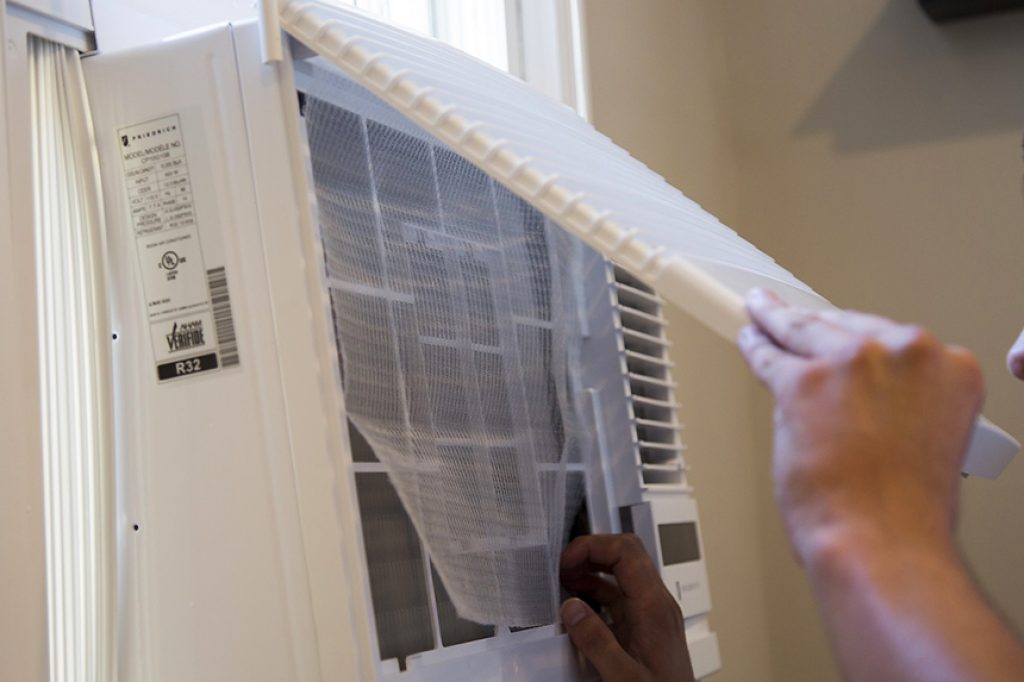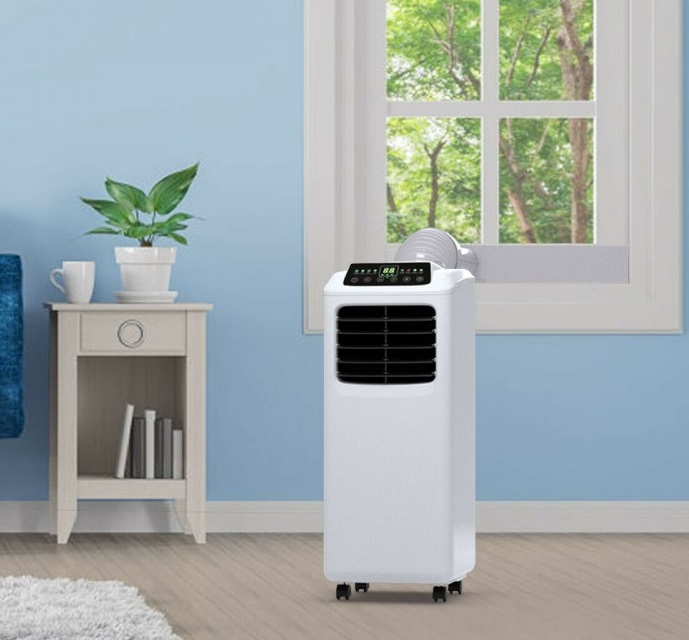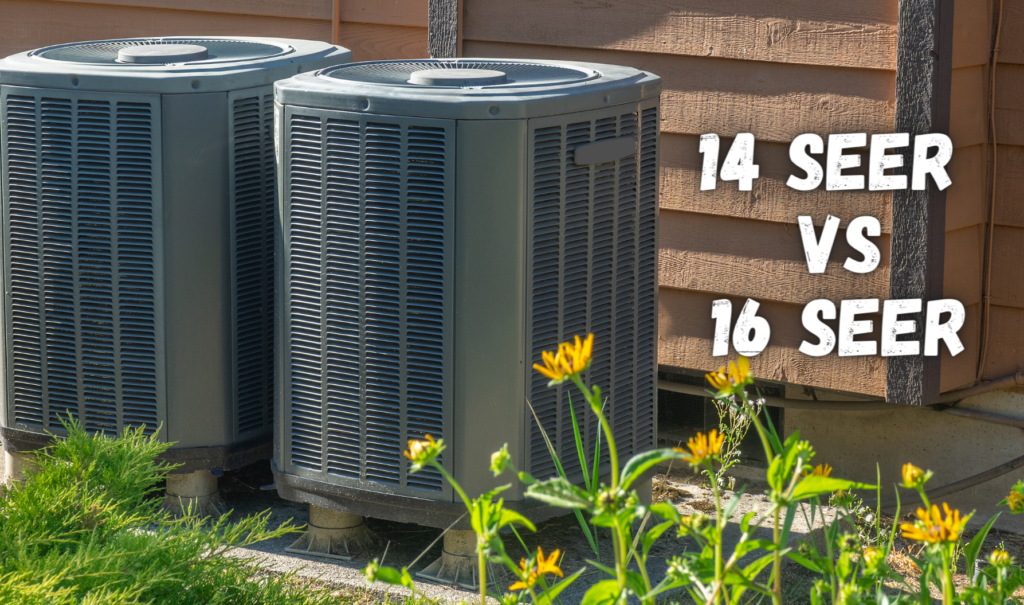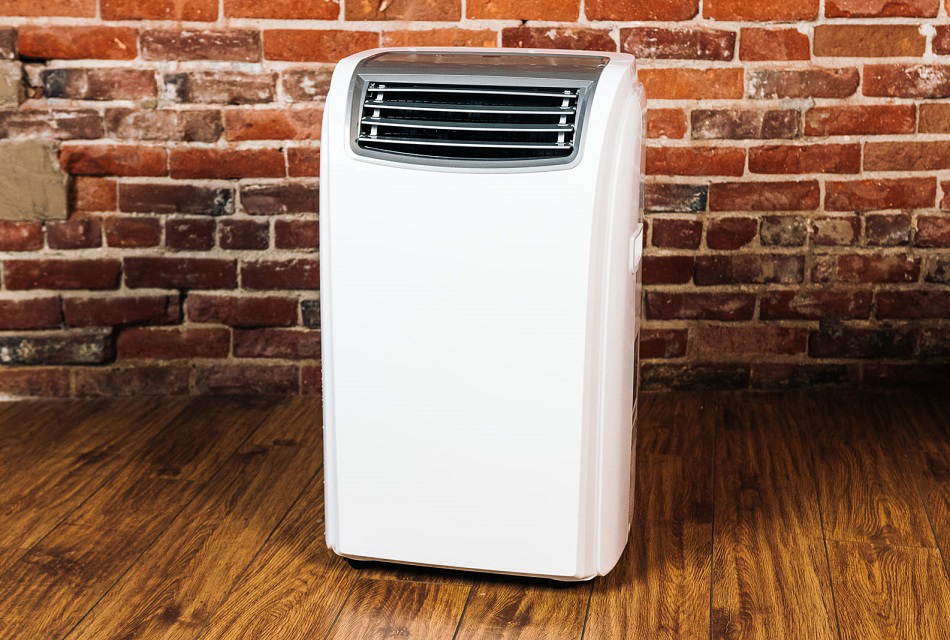

When the summer months roll around, the steamy temperatures can make almost any space uncomfortable. Luckily, window air conditioners are often a cheap and easy solution for quick room cooling. But window air conditioners don’t always work at their peak performance. You may notice that once you install it, it works great, but then its performance seems to diminish as the summer goes on. This is often because your window air conditioner simply needs to be cleaned. But no one wants to take out their window AC once it’s been installed. If you’ve wondered how to clean a window air conditioner without removing it from the window, you’ve come to the right place! With this guide, removing the air conditioner from your window before cleaning it is now a thing of the past. Not only that, but we’ll also give you tips and tricks to keep your AC unit running at it’s best all season long.
A dirty air conditioner can bring about a lot of problems, which is why it can be so important to ensure that your air conditioner is as clean as possible. Some of the benefits of having a clean AC window unit can include:
The good thing about a window air conditioner is that it doesn’t require a professional to clean it. In fact, it’s fairly simple and easy to do it yourself. It can be even easier, too, if you regularly clean it, even daily, instead of just cleaning it once a year. Whatever you decide, though, there are some tools you will need to have at hand in order to make the cleaning process simple and quick:
Once you’ve got your cleaning supplies assembled, you’re ready to clean your window air conditioner!
If you’ve never cleaned your window AC unit, or if it’s been a year or more since you have, or since it was last installed, it’s important to do a deep clean. If you have recently cleaned it, you may only need a lighter cleaning, so feel free to skip these steps to the lighter instructions below. For deep cleaning of your AC, follow these steps:

Your air conditioner is now clean and ready to use!
Cleaning your AC unit daily will make your deep cleaning sessions go that much faster.
Besides daily cleaning, regular monthly cleaning can also keep your AC unit working at it’s best.
A clean window AC unit will keep running for years to come.
Now that you’ve cleaned your air conditioner unit, it’s important to follow some best practices to make sure it keeps working at its best and also to ensure that your time wasn’t wasted. Some best tips include:
If you follow these tips, your air conditioner will thank you with years of faithful service and comfortable cooling when the weather gets its hottest.
Regular cleaning of your window AC unit will keep it working at its best and will help it provide you with cool air when you need it the most. It’s not difficult to clean your AC, but if it’s neglected, the unit will not work at peak performance, and its lifespan may be reduced.
You should perform a deep clean on your window air conditioner at least once a year. The best time to do this is in spring or early summer before you will start using it. A clean window air conditioner leads to cleaner indoor air, which is beneficial for your health. Now that you know how to clean a window air conditioner without removing it, remember to follow the steps to avoid damaging your unit or injuring yourself.





